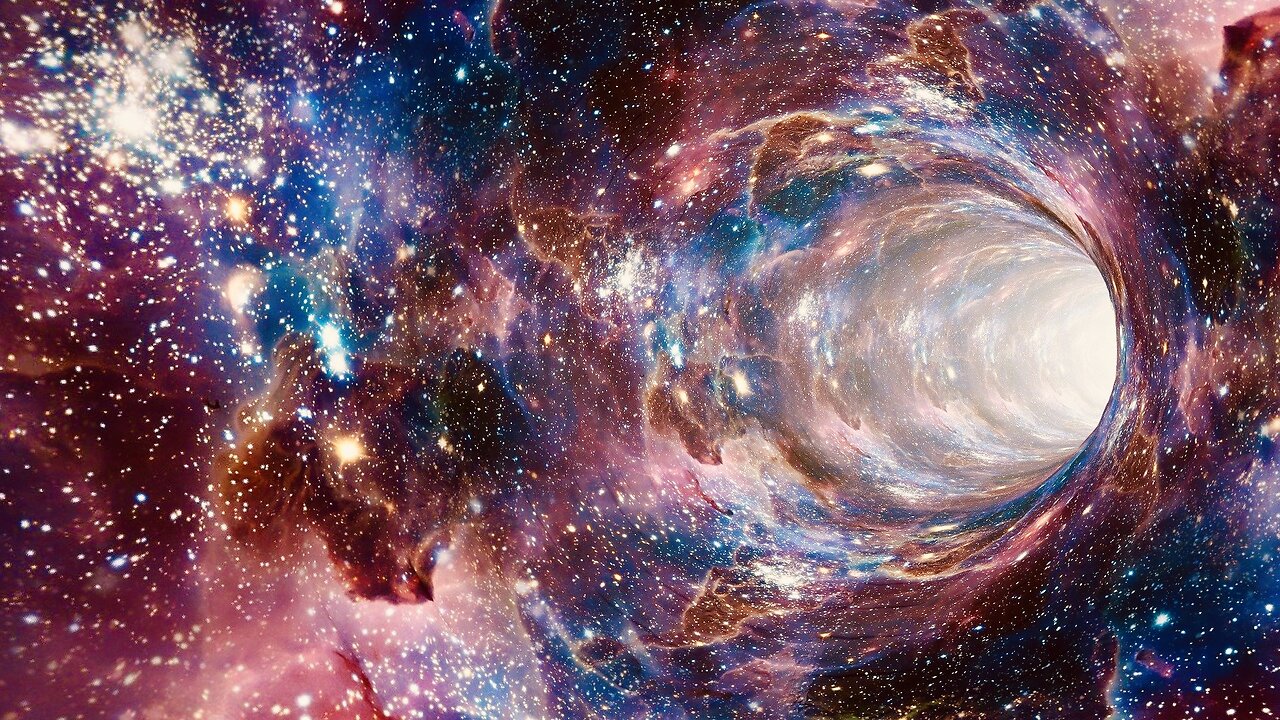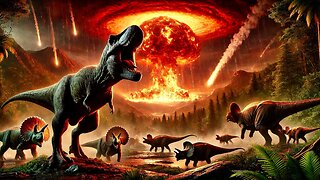Premium Only Content

Why Our Universe Is Expanding - Full Science Documentary
What Might Be Speeding Up the Universe’s Expansion? - Physicists have proposed extra cosmic ingredients that could explain the faster-than-expected expansion of space. The discrepancy between how fast the universe seems to be expanding and how fast we expect it to expand is one of cosmology’s most stubbornly persistent anomalies.
Cosmologists base their expectation of the expansion rate — a rate known as the Hubble constant — on measurements of radiation emitted shortly after the Big Bang. This radiation reveals the precise ingredients of the early universe. Cosmologists plug the ingredients into their model of cosmic evolution and run the model forward to see how quickly space should be expanding today.
Yet the prediction falls short: When cosmologists observe astronomical objects such as pulsating stars and exploding supernovas, they see a universe that’s expanding faster, with a larger Hubble constant.
The discrepancy, known as the Hubble tension, has persisted even as all the measurements have grown more precise. Some astrophysicists continue to debate whether the tension might be nothing more than a measurement error. But if the discrepancy is real, it means something is missing from cosmologists’ model of the universe.
Recently, theorists have been busy imagining new cosmic ingredients that, when added to the standard model, would rev up the universe’s expected expansion rate, making it match observations.
“Discovering anomalies is the fundamental way that science makes progress,” said Avi Loeb, a cosmologist at Harvard University and one of dozens of researchers who have proposed solutions to the Hubble tension.
These are some of the top ideas for what could be speeding up cosmic expansion.
Decaying Dark Matter
The standard model of cosmology incorporates all the familiar forms of matter and radiation and their interactions. It also includes the invisible substances known as dark energy and dark matter, which together make up some 96% of the cosmos. Because so little is known about these dark ingredients, they are perhaps the obvious place to begin tampering with the standard model. “That’s what you have at your disposal to change the expansion rate of the universe,” Loeb said.
The standard model assumes that dark matter consists of slow-moving particles that don’t interact with light. But what if we also assume that dark matter is not made of just a single substance? Since many different kinds of visible particles exist — quarks, electrons and so on — there might be multiple dark particles as well.
In a paper published last summer in Physical Review D, Loeb and two collaborators considered a form of dark matter that decays into a lighter particle and a massless particle known as a dark photon. As more and more dark matter decayed over time, they reasoned, its gravitational pull would have lessened, and thus the expansion of the universe would have sped up, relieving the Hubble tension.
But making small changes like this to the standard cosmological model can have unwanted knock-on effects. “It’s very easy to come up with all kinds of slight modifications,” said Marc Kamionkowski, a theoretical physicist at Johns Hopkins University — but it’s hard to do so, he said, without ruining the model’s perfect fit with a wealth of other astronomical observations.
By varying the decay rate and the amount of dark matter that is lost in each decay, Loeb and colleagues selected a model of decaying dark matter that they say still agrees with other astronomical observations. “If you add this ingredient to the standard model of cosmology, everything holds together,” Loeb said.
Yet he remains dissatisfied with the decaying dark matter idea, in part because it introduces two new uncertain quantities into the equations.
“In this case, you add two free parameters in order to resolve one discrepancy — and I’m uneasy about that,” he said, comparing decaying dark matter to the epicycles in Ptolemy’s Earth-centric model of the universe. “I would rather have two discrepancies explained by one parameter.”
Modified Gravity
In the standard model of cosmology, all known forms of matter and radiation, plus dark matter and dark energy, are fed into Albert Einstein’s theory of gravity, and Einstein’s equations indicate how space expands as a result. This means that, besides changing or adding cosmic ingredients to the model, there’s another way physicists can reconcile it with the observed cosmic expansion rate: “You can imagine that Einstein’s equations are not correct,” Loeb said.
William Barker, a doctoral student at the University of Cambridge, was searching for a theory of “modified gravity” last summer when he stumbled across a way to resolve the Hubble tension. Barker found a modified-gravity model that was “capable of behaving as if there were extra radiation in the early universe,” he said; the radiation pressure would have increased the cosmic expansion rate.
#space #strange #discovery
-
 48:13
48:13
Seeker Land
1 month agoHow the Dinosaurs Died - Asteroid Apocalypse - Full Documentary
1862 -
 DVR
DVR
In The Litter Box w/ Jewels & Catturd
21 hours agoYOU'RE FIRED! | In the Litter Box w/ Jewels & Catturd – Ep. 747 – 2/21/2025
13.4K15 -
 LIVE
LIVE
Revenge of the Cis
1 hour agoLocals Movie Riff: Soul Plane
415 watching -
 40:04
40:04
SLS - Street League Skateboarding
1 month agoThese 2 Women Dominated 2024! Best of Rayssa Leal & Chloe Covell 🏆
13.3K2 -
 1:48:12
1:48:12
The Quartering
5 hours agoElon Musk Waves a Chainsaw at CPAC, JD Vance SLAMS Illegal Immigration, and more
75.5K20 -
 45:20
45:20
Rethinking the Dollar
1 hour agoGolden Opportunity: Trump's Noise Has Been Great For Gold But....
4.1K4 -
 1:02:04
1:02:04
Ben Shapiro
3 hours agoEp. 2143 - The True Faces Of Evil
56.8K78 -
 1:26:19
1:26:19
Game On!
3 hours agoSports Betting Weekend Preview with Crick's Corner!
13.4K1 -
 30:45
30:45
CatfishedOnline
3 hours agoMan Plans To Marry His Military Girlfriend Or Romance Scam?
15K1 -
 1:58:32
1:58:32
The Charlie Kirk Show
4 hours agoHello Kash, Good-Bye Mitch + AMA | Morris | 2.21.2025
117K48